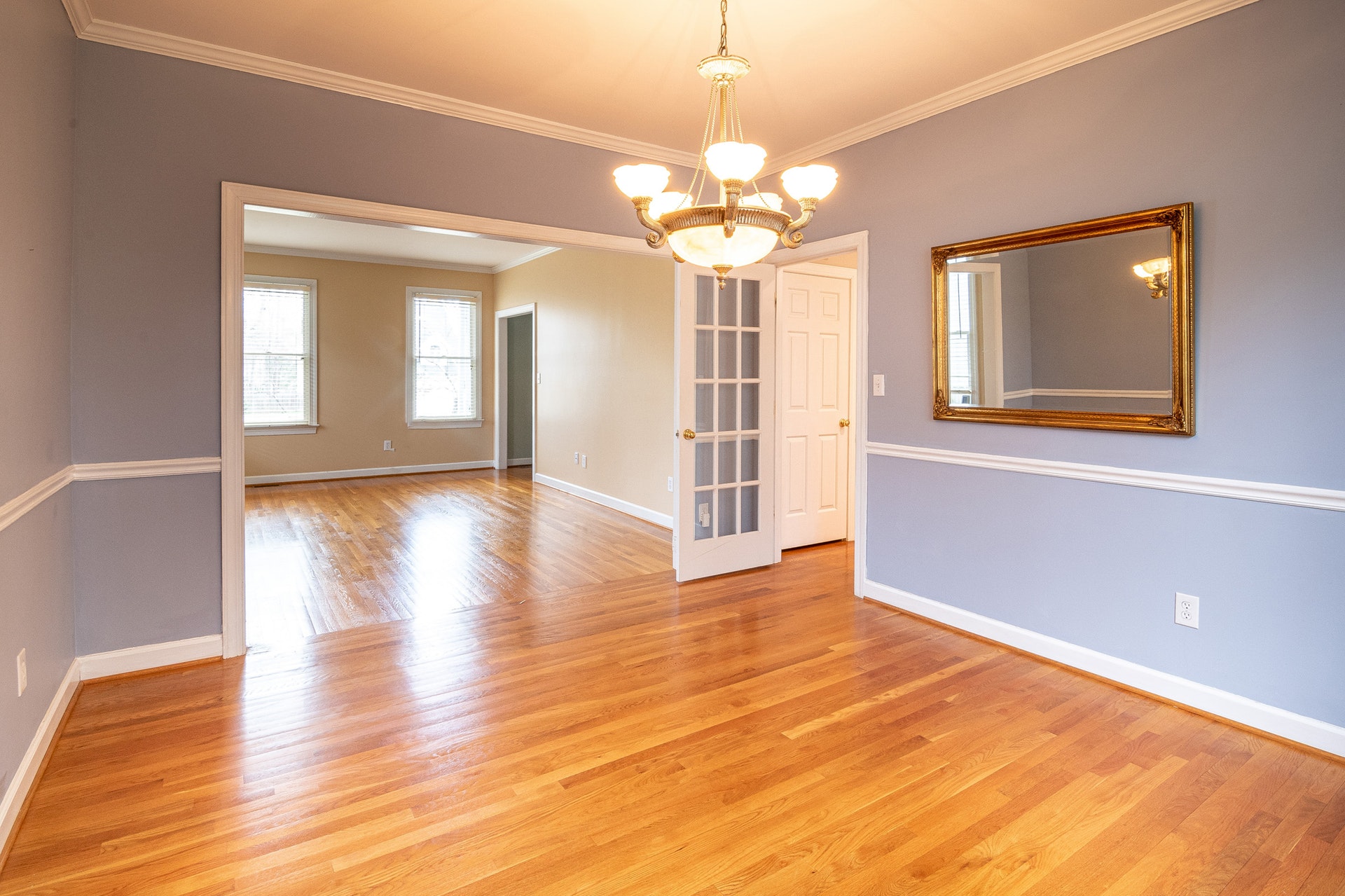When it comes to choosing a flooring material, hardwood is one of the most popular alternatives. Versatile, durable and environmentally friendly, hardwood has many benefits beyond its good looks. But once you’ve decided upon hardwood, there are a number of other factors that need to be taken into account. In this article we’ll go over the various hardwood flooring shapes, finishes & grades to allow you to educate yourself further about this popular flooring material.
Shapes
How the hardwood is cut has as much to do with price and durability as it does with how the finished floor will look. Strip hardwood flooring refers to pieces that are typically less than three inches in width. Often, strips of hardwood are cheaper because they can be produced from smaller trees and leftover bits. Strip flooring, however, can look quite interesting with varying colours and patterns. Hardwood planks are wider than strips, generally three inches or more in width. They provide more consistency in a room with the smaller number of seams making a room appear larger. Alternately, parquet flooring is composed of short strips of wood laid out in patterns. Aside from the appealing aesthetic, the layout of parquet floors make them more stable.
Finishes
The most common hardwood flooring finishes are polyurethane, oil, wax, acid and aluminum oxide. Polyurethane finish is probably the most common due to many manufacturers prefinishing the wood in the factory. Oil finishes are often chosen by DIYers due to their ease of application. Waxes are also very DIY friendly, but the need for consistent reapplication have made them less popular of late. Acid and aluminum oxide finishes are some of the most durable available, but there are environmental concerns that come along with this durability.
Grades
Hardwood flooring grade has more to do with surface features than quality. Clear grade denotes planks with consistent colours and absence of knots and other irregularities. Select grade is also known for the absence of knots and wormholes, but the colouring may vary. Low select grade refers to planks composed of a combination of clear and select grade pieces. They have few surface markings, but a wide variation in colour and wood types. Natural grade may have some surface markings caused by knots and wormholes as well as colour variations, but not as many as rustic grade pieces.

